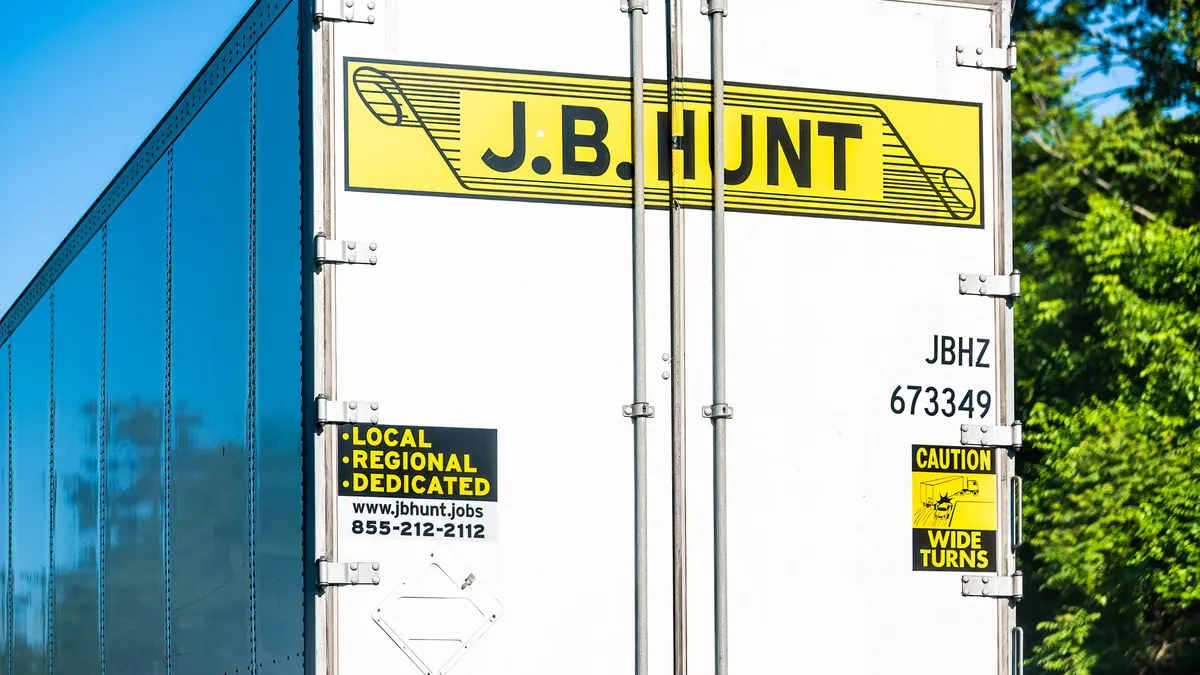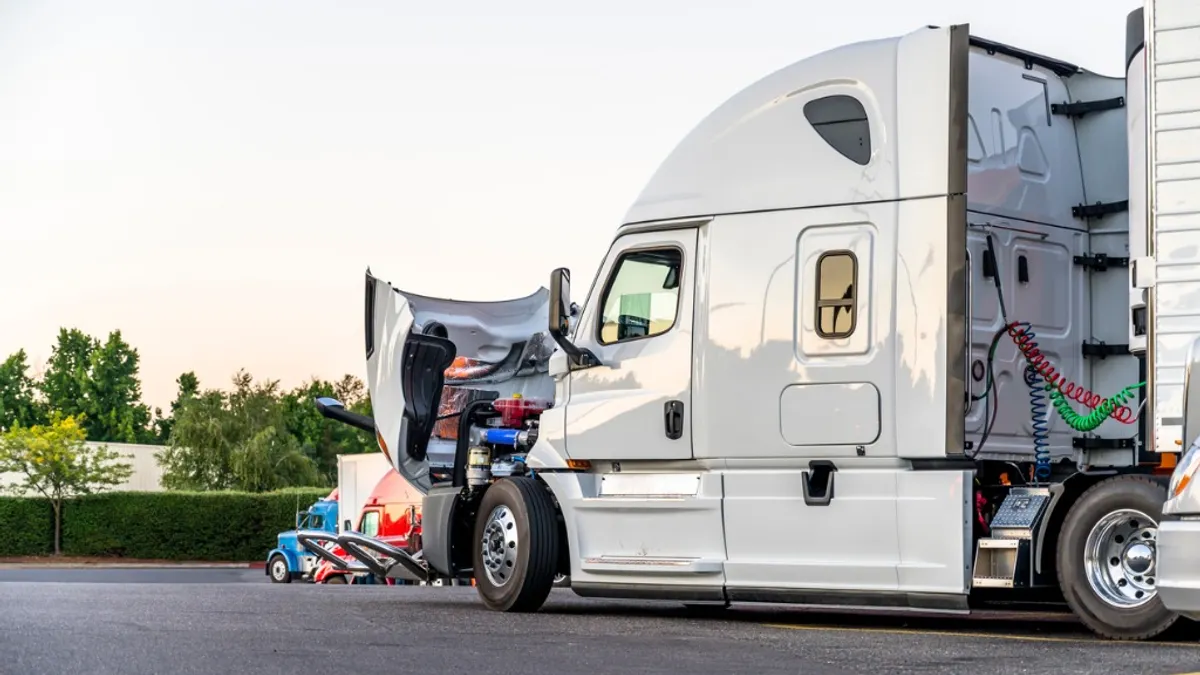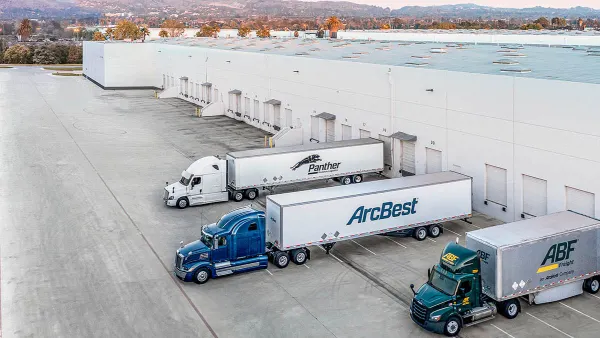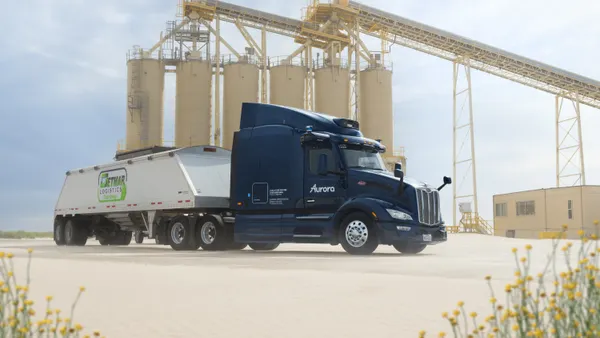Dive Brief:
- Bad driving behaviors tend to happen at the beginning and end of driving shifts, Samsara said on Thursday, following a study that looked at 2 million such incidents that occurred among the tech company's customers since Jan. 1. The behaviors included sudden acceleration, harsh braking, distracted driving and tailgating. In the first one-tenth of a shift, such behaviors happened 26% of the time. But 41% of such incidents happened during the last tenth of a shift.
- Only distracted driving was more likely to happen at the beginning of a shift. Samsara found that harsh brakings and sudden accelerations were most likely to happen in the final 10% of a driving shift. Tailgating was more likely to occur in the middle part of shifts, although it happened 5% of the time in the first tenth of shifts. It happened 16% of the time at the end of shifts.
- Samsara officials could not point to any single factor causing the behaviors, but they cited possible culprits: city traffic, which has more vehicles on the road; driver fatigue; and last-mile stops, which tend to occur at the beginning or end of driving shifts.
Dive Insight:
Accidents and higher insurance claims can be caused by preventable driving behaviors. But how to spot that behavior beforehand has always been the problem. Samsara recommends giving drivers "real-time feedback," which provides immediate advice from managers to help drivers adjust behaviors.
Samsara recommends sharing statistics and studies with safety directors and managers, because the officials may be unaware of problems or bad trends. And the firm advises including actual footage in future coaching.
"Research has shown that people are 22% more likely to remember a fact when it is part of a story — and real dashcam footage is a powerful storytelling tool," the study said. "If you have an example of harsh braking or distracted driving, share the footage with your drivers during coaching sessions. This is often more memorable and effective than coaching with a generic training video."
Positive footage should also be added to coaching: "According to a Globoforce survey, 79% of employees work harder when they feel recognized," the study said.
That real-time feedback is possible because Samsara and other ELD manufacturers have been working on monitoring technologies and adjusting what the tech can do. In Samsara's case, the ELD and attached devices can detect a hard brake as it happens. The video and other data are immediately uploaded to fleet managers and safety directors, deposited into the "safety inbox" and viewable upon the fleet's "cloud" dashboard, according to Andie Rodriguez, a Samsara spokesperson.
There is evidence that use of connected monitoring cameras is changing fleets' safety records, slowly, for the better. During a webinar on drivers' concerns in July, Keith Wilson, director of safety and recruiting for Sharp Transport, said his company debated the use of in-cab cameras. The cameras that face the driver are growing in use, Wilson said, but drivers were wary.
After an internal management debate, Sharp Transport addressed concerns that the cameras stayed on after hours, and would record drivers as they slept or relaxed in the back. Wilson and management assured drivers the in-cab cameras turn off when the key is taken from the ignition. Out of 150 Sharp Transport drivers, only three left the company after in-cab cameras were installed. Accidents dropped 125% over time after installation.
"That paid for the cameras," said Wilson.








